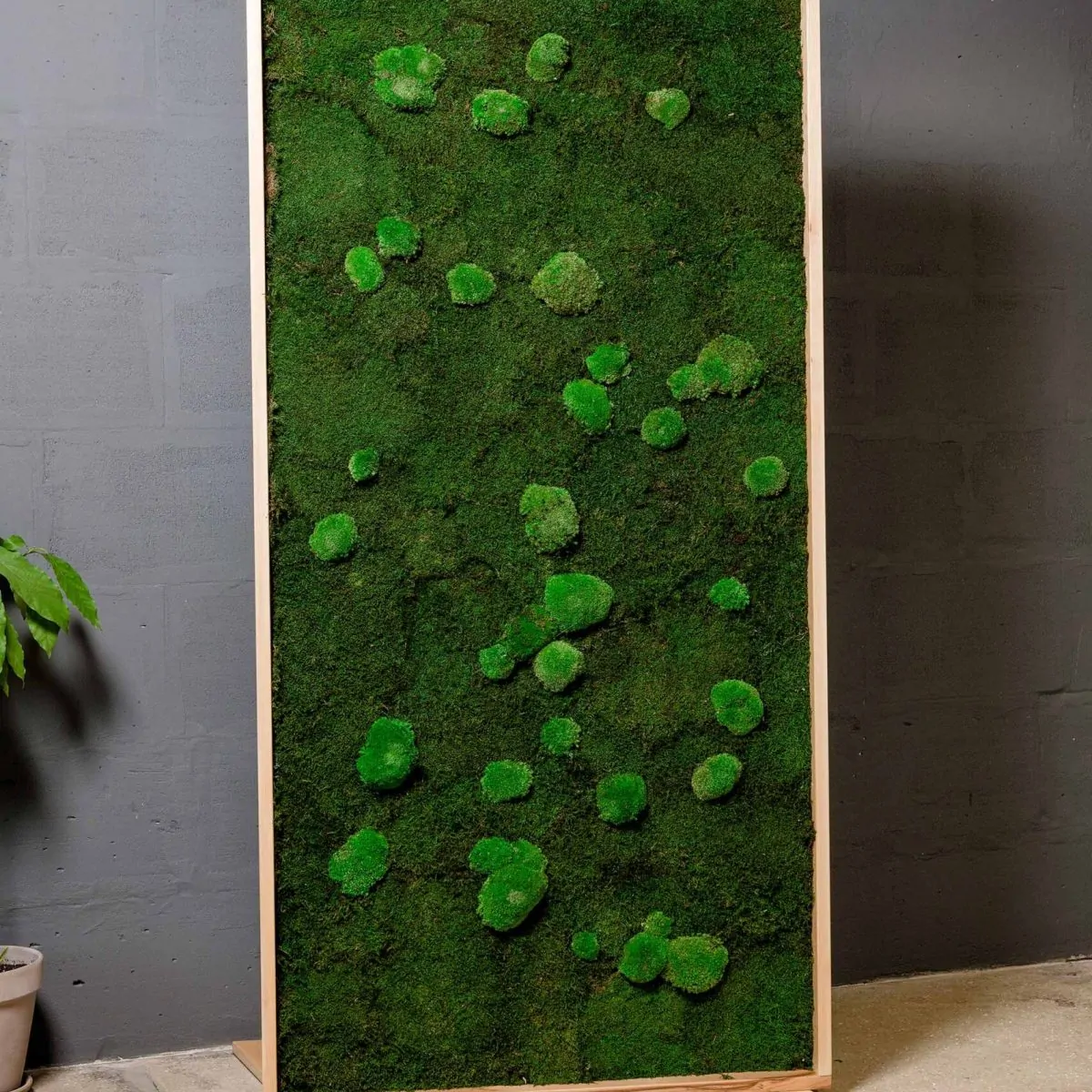___________________________________ s :
CUTTING STANDARD BLIND TENONS
|
|
|
1 |
Sawing the tenon cheeks
You can cut standard blind tenons in the rails quickly and accurately on your table saw with a commercial tenoning jig. The model above slides in the miter slot. Outline the tenons on the ends of the rails, using your seat template (page 27) as a guide. Set the cutting height to the tenon length. Using a wood pad to protect the workpiece, clamp a rail to the jig end-up. Adjust the jig sideways to align one of the tenon marks with the blade. After making the first cut, turn the rail around to cut the other tenon cheek. If you are cutting an offset tenon like the one shown, in which the tenon is not centered on the end of the rail, you will have to reposition the jig to saw the second cheek. Repeat the cuts at the other end of the rail (above) and at both ends of the remaining rails.
£
«•
2 Sawing the tenon shoulders
 Screw a board to the miter gauge as an extension. Then, holding a rail against the extension, adjust the cutting height to the depth of the tenon shoulder. Align the shoulder with the blade, butt a stop block against the workpiece and clamp the block to the extension. Holding the rail against the stop block and the extension, feed the stock with the miter gauge to cut the first shoulder. To saw the opposite shoulder, turn the rail over (right), adjusting the blade height for an offset tenon. To cut the shoulders on the edges of the tenon, make a series of passes with the board on edge until the waste is removed. Repeat to cut the tenons at the other end of the rail and in the remaining rails.
Screw a board to the miter gauge as an extension. Then, holding a rail against the extension, adjust the cutting height to the depth of the tenon shoulder. Align the shoulder with the blade, butt a stop block against the workpiece and clamp the block to the extension. Holding the rail against the stop block and the extension, feed the stock with the miter gauge to cut the first shoulder. To saw the opposite shoulder, turn the rail over (right), adjusting the blade height for an offset tenon. To cut the shoulders on the edges of the tenon, make a series of passes with the board on edge until the waste is removed. Repeat to cut the tenons at the other end of the rail and in the remaining rails.
|
|
|
|


 ness of the spacer and width of the brace allow the jig to slide smoothly along your rip fence without wobbling. Cut the body and brace from %-inch plywood and the guide and spacer from solid wood. Saw an oval hole for a handle in one corner of the jig body and attach the guide to the body directly in front of the handle hole, ensuring that the guide is vertical. Screw a small wood block to the body below the handle and attach a toggle clamp to the block. Finally, fasten the spacer and brace in place. To use the jig, place it astride the fence. Butt the workpiece against the jig guide and clamp it in place. Position the fence to align the cutting lines on the workpiece with the blade and slide the jig along the fence to make the cut.
ness of the spacer and width of the brace allow the jig to slide smoothly along your rip fence without wobbling. Cut the body and brace from %-inch plywood and the guide and spacer from solid wood. Saw an oval hole for a handle in one corner of the jig body and attach the guide to the body directly in front of the handle hole, ensuring that the guide is vertical. Screw a small wood block to the body below the handle and attach a toggle clamp to the block. Finally, fasten the spacer and brace in place. To use the jig, place it astride the fence. Butt the workpiece against the jig guide and clamp it in place. Position the fence to align the cutting lines on the workpiece with the blade and slide the jig along the fence to make the cut.
CUTTING ANGLED TENONS IN THE SIDE RAILS
![]()
![]()
 1 Setting the table saw blade angle
1 Setting the table saw blade angle
Once you have cut the tenons in the front and back seat rails and the back and crest rails, cut the blind angled tenons in the side rails. To set the blade angle on your table saw for cutting the angled tenon cheeks, use the seat template (page 27) as a guide. Align two boards along a back corner of the template and adjust a sliding bevel to the angle formed by the boards (left).
|


J

![]()
Setting up the saw for the tenon shoulders
Adjust the angle of the dado head to 90°. Holding a board parallel to the miter slot, use the sliding bevel to set the miter gauge to the same angle used to adjust the blades in step 1 (above). Butt one of the side rails on edge against the miter
gauge. The shoulder should be parallel to the rip fence; if not, turn the rail over onto its other edge. Set the width of cut to the width of the cheek and adjust the dado head to the desired cutting height.



![]()
 |
 |
![]()
 MORTISING THE LEGS FOR THE SEAT RAILS
MORTISING THE LEGS FOR THE SEAT RAILS
 |
MORTISING THE REAR LEGS FOR THE BACK AND CREST RAILS
|
1 |
Outlining the mortises


 |
 |
Use the tenons on the back and crest rails to mark their mortises on the rear – leg template. Position the template on one of the rear legs and transfer the rail and mortise marks to the workpiece (right). Then transfer the marks from the leg to the other rear leg, butting the two legs together and using a combination square to extend the lines.
![]()
 |
 |
Support board
MORTISING THE BACK AND CREST RAILS FOR THE SLATS
Marking the mortises
![]() Mark a centerline along the bottom edge of the crest rail and the top edge of the back rail. Also mark a line across the center of each rail. Working from the center toward the ends, outline the mortises at :/£-inch intervals along the centerline (left). Make the mortise length equal to the width of the slats. Once all the mortises are outlined in both rails, rout them (page 44).
Mark a centerline along the bottom edge of the crest rail and the top edge of the back rail. Also mark a line across the center of each rail. Working from the center toward the ends, outline the mortises at :/£-inch intervals along the centerline (left). Make the mortise length equal to the width of the slats. Once all the mortises are outlined in both rails, rout them (page 44).



|
|
|
|
|
|
|
|

A JIG FOR MORTISING CURVED RAILS
The jig shown at right allows you to quickly rout the slat mortises in the curved crest and back rails of a frame chair. Cut all the parts from 34-inch plywood, except for the curved table, which should be made from solid stock and cut with the same curvature as the rails (page 33); see the illustration for suggested dimensions. Screw the base to the base support so they form an L. Position the base 4 inches from the bottom of the fence and bore two holes through opposite ends of the fence into the base support. Use a router with a straight bit to lengthen the hole on the outfeed side of the fence into a curved slot. Attach the base support to the fence with carriage bolts, washers and wing nuts. Leave the bolt at the infeed end loose enough for the base to pivot when the slotted end is raised or lowered. Next, screw the curved table to the base from underneath.
Remove the sub-base from your router and use it as a template to mark the screw holes and bit clearance hole on the fence. The bottom edge of the clearance hole should line up with the top of the curved table when the table is level.
![]()
![]()
![]()
![]()
![]()
![]()




![]() To use the jig, secure the fence in a vise. Install a 36-inch mortising bit in the router, attaching the tool to the jig fence, and adjusting the cutting depth. Set the rail face up on the curved table, butting the top edge against the bit. Loosen the wing nut at the slotted end and adjust the table to center the bit in the middle of one of the mortise outlines, then tighten the nut. Secure the workpiece by clamping hold-downs with curved
To use the jig, secure the fence in a vise. Install a 36-inch mortising bit in the router, attaching the tool to the jig fence, and adjusting the cutting depth. Set the rail face up on the curved table, butting the top edge against the bit. Loosen the wing nut at the slotted end and adjust the table to center the bit in the middle of one of the mortise outlines, then tighten the nut. Secure the workpiece by clamping hold-downs with curved
SMOOTHING THE RAILS, SLATS AND LEGS
1 Sanding the back-rest rails and slats
Before assembling the chair, smooth the surfaces of parts that cannot be sanded after the chair is glued up. Hand-sand parts that would difficult to smooth with a power sander, such as the slats and back-rest rails (right). Use progressively finer-grit sandpaper until the surface is smooth; move to a finer-grit abrasive when the marks left by the coarser sheet are smoothed away.
2 Sanding the legs and seat rails
 Use a power sander like the belt • sander shown below to smooth the remaining chair parts: the seat rails and the legs. Secure your workpiece between bench dogs on a workbench, protecting the stock with wood pads. As with hand – sanding, use progressively finer-grit sanding belts to smooth the stock.
Use a power sander like the belt • sander shown below to smooth the remaining chair parts: the seat rails and the legs. Secure your workpiece between bench dogs on a workbench, protecting the stock with wood pads. As with hand – sanding, use progressively finer-grit sanding belts to smooth the stock.

MAKING THE CORNER BLOCKS
 1 Cutting the blocks
1 Cutting the blocks
The last step before gluing up the chair is preparing the corner blocks that reinforce the seat frame. Cut the blocks from a board of the same thickness as the seat rails. Start by outlining the blocks on the board, using your seat template as a guide. Place the board on the template across one of the corners so that the grain of the board is diagonal to the grain of the rails. Then extend the lines representing the inside faces of the rails across the board. Cut the block on the band saw, trimming the inside corner to clear the leg. Repeat to mark and cut the remaining corner blocks (left).



